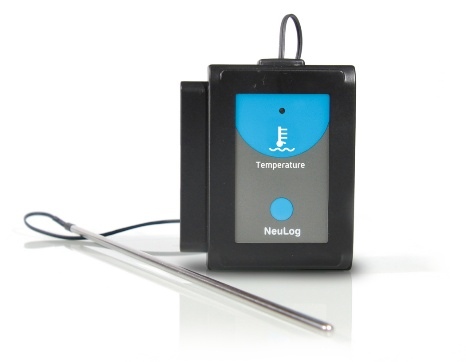Buy from NeuLog Distributors around the world
NeuLog Products are available from the following distributors, contact them for pricing and availability.
If you have any questions, please contact us.
 |
Czech RepublicKDZ |
 |
KoreaFuture Technic |
 |
ThailandGammaco |
 |
AustraliaWestlabMark Bourke |
 |
Russia“Tvoi obrazovatelnye resheniya” Ltd. |
 |
Denmark |
 |
FranceEquascienceEmmanuel Durand |
 |
MoldovaGenial Invest |
 |
IndiaScientech |
 |
PhilippinesState Alliance |
 |
ArgentinaMatic Soluciones |
 |
EcuadorCIENCIA & ROBÓTICAcrodriguez@crcienciayrobotica.com |





























